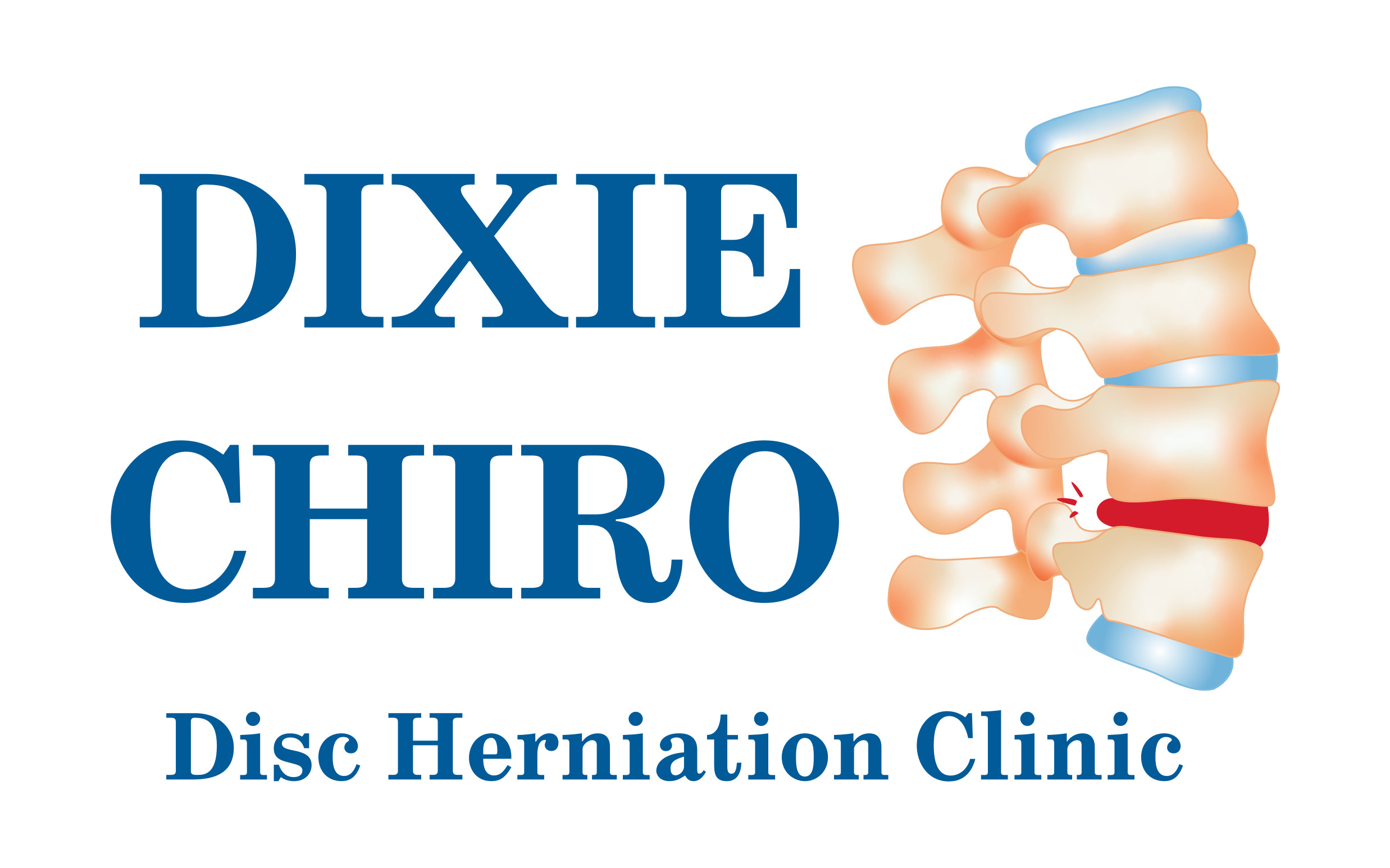Occasionally, a patient will enter my office and will tell me a story similar to this one:
“I have been going to a Chiropractor for a long time and I really like him, but for the last year or so, when he adjusts my lower back, sometimes it will hurt, sometimes it won’t, and sometimes it will feel good but the relief never lasts more than a day or two. So, I figured I would try something different.”
Whenever I hear this story or something similar, I recognize that what is needed IS something different. I recognize that although I give a pretty good adjustment, if my colleague is not getting favorable results with chiropractic adjustments, I may not either. This is because it is no longer a condition of being “out” of alignment or mechanical back pain, but is caused by something else. This patient is correct. We do need to try something different. This requires gathering information about the pain from you, the patient, and an examination designed to test the various tissues of the injured area to discover what the cause is.
Chronic (long term ) lower back pain typically comes from one of 4 areas or tissues:
1. Muscle/Tendon,
2. Joint/Ligament,
3. Nerve,
4. Bulging Discs
1. If the pain emanates from a muscle/tendon problem, there will be increased pain during active movement, but little to no pain at rest. When I say movement, I mean movement that causes contraction of the muscle/tendon in question.
2. When there is a joint/ligament problem, there is likely to be pain on passive movement (when I flex the arm for them).
3. Nerve pain is misunderstood by many people because many think of any sharp pain as a pinched nerve. Since nerves carry all pain signals to the brain, this is half-true. But in the medical world, when we refer to something as nerve pain, we mean pain that radiates away from the origin, such as: Sciatica or pain radiating down the back of the butt or thigh.
4. Bulging disc pain is the most misunderstood kind of pain by both patients and doctors. MRI has helped a lot in the discovery of how discs behave during movement and when they reveal pain. Unlike other tissues, discs don’t always produce pain in a singular movement. The simplest way to put it is that it takes movement coupled with core contraction in multiple planes to discover a bulging disc or injury.
It took twelve years of practice and a lot of study, before I really started to understand disc injury pain. Now that I have been practicing for over 20 years, I feel like I have a good handle on diagnosing bulging discs or herniated discs in the lower back.
The main point: If you are suffering from chronic lower back pain and chiropractic adjustments, core exercise, stretching, cortisone injections, rest, etc. are not doing any good anymore, come in for an examination and let’s discover what is really causing your pain.


Recent Comments